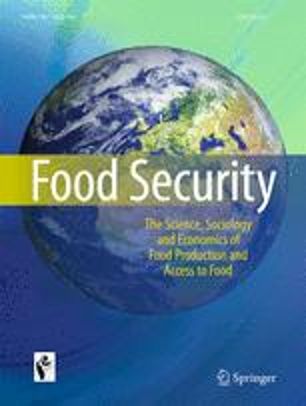The relationship between forests and human nutrition is not yet well understood. A better understanding of this relationship is vital at a time when the majority of new land for agriculture is being cleared from forests. We use Demographic Health Survey data on food consumption for children from 21 African countries and Global Land Cover Facility tree cover data to examine the relationship between tree cover and three key indicators of nutritional quality of children's diets: dietary diversity, fruit and vegetable consumption, and animal source food consumption. Our main findings can be summarized as follows: there is a statistically significant positive relationship between tree cover and dietary diversity; fruit and vegetable consumption increases with tree cover until a peak of 45% tree cover and then declines; and there is no relationship between animal source food consumption and tree cover. Overall our findings suggest that children in Africa who live in areas with more tree cover have more diverse and nutritious diets.
Download:
DOI:
https://doi.org/10.1016/j.gloenvcha.2013.12.001
Skor altmetrik:
Jumlah Kutipan Dimensi:




















